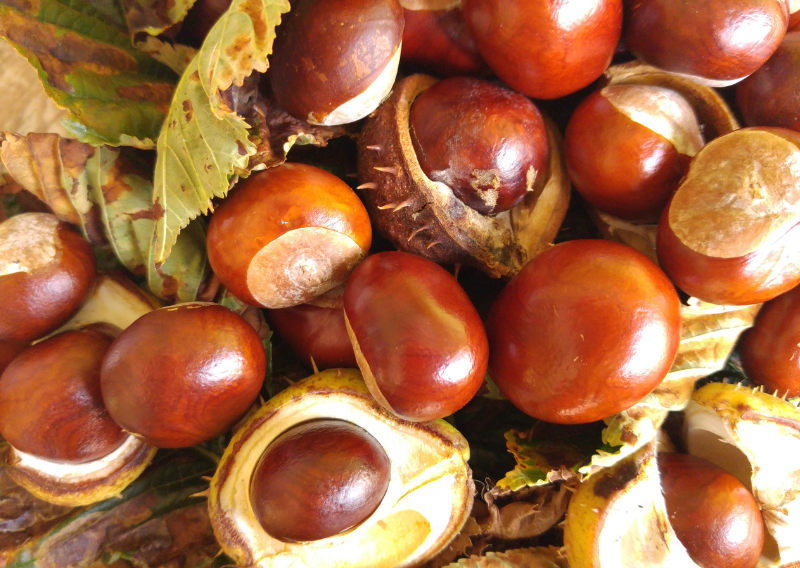
Zero Waste Cauliflower: Unique and Easy Recipes to Try Today


Why Cauliflower?
Cauliflower is packed with vitamins C and K, as well as fiber, antioxidants, and essential nutrients. It’s well-known for its anti-inflammatory benefits and its potential to support digestive health. Plus, it’s low in calories and carbs, making it a smart option for anyone keeping an eye on their weight or managing blood sugar levels.
The Recipe: Sticky Cauliflower Wings
Here’s how to use every part of your cauliflower head, from the florets to the leaves, for a truly zero-waste meal. Get ready to be wowed by the flavor and texture—this is a recipe I’m excited to make over and over!
Ingredients:
- 1 head of cauliflower
- 3/4 cup flour
- 1/2 cup plant-based milk
- 1/4 teaspoon garlic powder
- 1/2 teaspoon salt
- 1/4 teaspoon black pepper
- Panko breadcrumbs
For the Sticky Sauce:
- 1 teaspoon sesame seeds
- 1 teaspoon cornstarch
- 4 tablespoons soy sauce
- 1/2 cup maple syrup
- 1/2 cup water
- Pinch of ground ginger
- Scallions and sesame seeds for garnish
For the Cauliflower Dip:
- Chopped and blanched cauliflower stems and leaves
- 1/2 cup plant-based milk
- 2-3 garlic cloves
- 1/2 cup peanut butter
- 1/3 cup peanuts
- 1/3 cup olive oil
- Juice of half a lemon or 2 tablespoons vinegar
- 1/4 teaspoon salt
- 3 tablespoons soy sauce
- 2 tablespoons grated ginger
Instructions:
- Prepping the Cauliflower: Start by dividing the cauliflower into florets, aiming for a “wing” shape. Don’t toss those stems and leaves just yet—they’re going to make a delicious dip later.
- Making the Batter: In a mixing bowl, combine the flour, plant-based milk, garlic powder, salt, and black pepper until you get a smooth batter. Dip each cauliflower wing into the batter, coating it evenly.
- Coating and Baking: In a separate bowl, add panko breadcrumbs. Roll the battered cauliflower wings in the breadcrumbs, ensuring they’re fully coated for that extra crunch. Arrange them on a baking sheet and bake at 180°C (350°F) for about 20 minutes for a crispy texture or 30 minutes for a softer inside.
- Preparing the Sticky Sauce: While the wings bake, mix the soy sauce, maple syrup, water, cornstarch, sesame seeds, and ginger in a pan over low heat. Stir until the sauce thickens. Toss the baked wings in the sticky sauce until they’re well-coated. Garnish with chopped scallions and extra sesame seeds.
- Making the Cauliflower Dip: For the dip, blanch the cauliflower stems and leaves. Blend them with plant-based milk, garlic, peanut butter, peanuts, olive oil, lemon juice (or vinegar), salt, soy sauce, and ginger until smooth. Adjust the thickness with more milk or water if needed. Garnish with fresh chili or herbs for an extra kick.
Happy cooking!






















